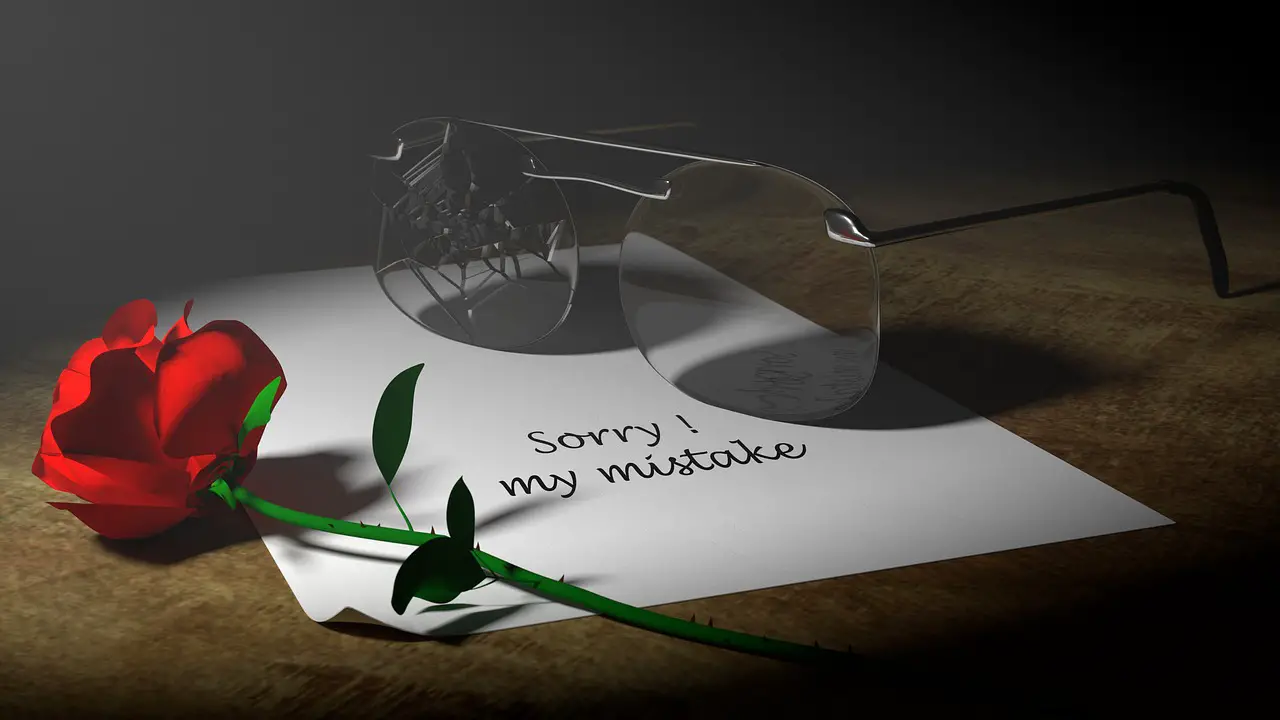Transforming your garden into a captivating space can be achieved with the addition of stunning purple leaf plants. These unique specimens not only provide vibrant color but also add depth and drama to any landscape.
Purple leaf plants come in various shapes and sizes, making them versatile for different garden styles. Whether you prefer a formal garden bed, a casual cottage garden, or a contemporary landscape, these plants can fit seamlessly into your design. Their striking foliage creates a bold contrast against green plants, colorful flowers, or even stone pathways.

The rich hues of purple can evoke feelings of luxury and creativity. Various shades range from deep plum to soft lavender, allowing you to curate a palette that suits your personal taste. Incorporating these plants not only enhances visual appeal but also stimulates interest throughout the growing season.
Types of Purple Leaf Plants
Understanding the types of purple leaf plants available can help you make informed choices for your garden. Below are some popular varieties known for their stunning foliage:
- Heuchera (Coral Bells): Known for its vibrant leaves that come in shades of purple, burgundy, and silver. Heucheras thrive in partial shade and are excellent for borders or container gardens.
- Berberis (Barberry): This shrub features stunning purple leaves that add drama year-round. It is hardy and can withstand various climates, making it a great choice for hedges or foundation plantings.
- Red Maple (Acer rubrum): While primarily known for its fall color, young red maples have beautiful purple-hued leaves during the spring. They can serve as majestic focal points in larger gardens.
- Smoke Bush (Cotinus coggygria): This deciduous shrub showcases striking purple foliage and fluffy flower clusters. It does well in full sun and can be pruned to maintain its shape.
- Sweet Potato Vine (Ipomoea batatas): An annual plant that produces vibrant purple leaves. Ideal for hanging baskets or ground cover, it thrives in sunny spots.
Choosing the right combination of these plants can create stunning visual effects. It is essential to consider factors such as growth habits, light requirements, and climate adaptability when selecting your purple leaf specimens.
In addition to their aesthetic appeal, many purple leaf plants also contribute to biodiversity in the garden. They attract pollinators like bees and butterflies, enhancing the overall health of your garden ecosystem.
When planning your garden layout, consider using purple leaf plants as focal points or accents among other greenery. They work beautifully when paired with contrasting colors such as yellow, orange, or even bright white flowers. The interplay of colors will create a lively atmosphere in your outdoor space.
To help visualize some of the best options for your garden, here is a table summarizing key characteristics of selected purple leaf plants:
| Plant Name | Leaf Color | Sun Requirements | Height |
|---|---|---|---|
| Heuchera | Purple to Burgundy | Partial Shade | 12-24 inches |
| Berberis | Purple | Full Sun to Partial Shade | 3-5 feet |
| Red Maple | Purple to Green | Full Sun to Partial Shade | 40-60 feet |
| Smoke Bush | Purple | Full Sun | 10-15 feet |
| Sweet Potato Vine | Purple | Full Sun | 6-12 inches |
The dynamic nature of purple leaf plants allows gardeners to explore their creativity. As you plan your garden, think about how you can incorporate these stunning plants to create an inviting and dramatic environment that reflects your personal style.
Caring for Purple Leaf Plants
To ensure that your purple leaf plants thrive, proper care and maintenance are essential. While these plants can be resilient, they do have specific needs that must be met for optimal growth. Here are some key care tips to keep in mind:
- Watering: Most purple leaf plants prefer well-drained soil. Water them regularly, especially during dry spells, but avoid overwatering, which can lead to root rot.
- Soil Requirements: A rich, loamy soil with good drainage is ideal. Testing your soil’s pH can help you amend it to suit the needs of your plants.
- Fertilization: Use a balanced fertilizer during the growing season. Organic options, like compost or worm castings, can provide essential nutrients without harming the environment.
- Pruning: Regularly prune your plants to remove dead or damaged leaves. This encourages new growth and helps maintain their shape.
- Pest and Disease Control: Keep an eye out for common pests such as aphids and spider mites. Use natural pest control methods whenever possible to protect beneficial insects.
Ideal Growing Conditions
Understanding the ideal growing conditions for purple leaf plants is crucial. Here are some factors to consider when selecting the perfect location in your garden:
- Light Exposure: While many purple leaf plants enjoy full sun, some thrive in partial shade. Research the specific light requirements for each variety before planting.
- Climate Considerations: Different plants have varying tolerances to temperature and humidity. Choose varieties that are well-suited to your local climate.
- Spacing: When planting multiple specimens, ensure adequate space between each one. This allows for good air circulation and reduces competition for nutrients.
Combining Purple Leaf Plants with Other Garden Elements

Incorporating purple leaf plants into your garden design can be a fun and creative process. Here are some ideas on how to combine them with other elements to create a stunning visual impact:
- Contrast with Green Foliage: Pair purple leaf plants with bright green foliage to create a striking contrast that highlights the unique color of the purple leaves.
- Layering Heights: Use plants of varying heights to create depth. Position taller purple-leaved shrubs at the back of a bed and shorter varieties in the front.
- Add Colorful Flowers: Surround purple leaf plants with vibrant flowering plants. Colors like yellow, orange, or pink will pop against the dark foliage.
- Incorporate Hardscaping: Use stone paths, walls, or decorative pots to frame your purple leaf plants. These elements can enhance their beauty while providing structure.
Creating Seasonal Interest
To maintain a lively garden throughout the year, consider how you can create seasonal interest using purple leaf plants alongside other species:

- Spring: Begin with early bloomers like tulips or daffodils that complement emerging purple leaves.
- Summer: Incorporate annuals that thrive in warm weather, such as marigolds or petunias, to add bursts of color.
- Fall: As purple leaves deepen in color, add ornamental grasses or fall-blooming perennials for additional texture and color contrast.
- Winter: Use evergreen shrubs or winter-blooming plants alongside purple leaf varieties to ensure visual interest even in colder months.
The goal is to create a harmonious blend that captures attention at every stage of the growing season. By strategically planning your garden layout, you can ensure that your purple leaf plants stand out while also complementing their surroundings beautifully.
Popular Combinations with Purple Leaf Plants

Combining purple leaf plants with various other plants can create stunning visual displays in your garden. Here are some popular combinations that can enhance the beauty of your landscape:
Flowering Companions
Pairing purple leaf plants with vibrant flowering species adds a colorful dimension to your garden. Consider these flowering companions:
- Daylilies: Their bright yellow, orange, or red blooms contrast beautifully with the deep purple foliage.
- Salvia: The spikes of blue or purple flowers harmonize with the purple leaves, creating a cohesive color scheme.
- Black-Eyed Susans (Rudbeckia): The golden yellow petals complement the purple tones, providing a cheerful touch to the garden.
- Astilbe: This perennial with feathery flower plumes in shades of pink or white pairs well with the foliage of purple plants.
Textural Elements
Incorporating plants with varying textures can create depth in your garden. Here are some suggestions:
- Ornamental Grasses: Grasses like Miscanthus or Japanese blood grass add a contrasting texture to the smooth leaves of purple foliage.
- Ferns: The delicate fronds of ferns offer a soft texture that nicely balances the boldness of purple leaves.
- Hostas: With their broad leaves, hostas provide a lush backdrop that complements purple plants beautifully.
Using Purple Leaf Plants in Different Garden Styles
The versatility of purple leaf plants allows them to fit into various garden styles. Here’s how to integrate them into popular designs:
Modern Gardens
In modern or contemporary gardens, clean lines and minimalism are key. Purple leaf plants can serve as focal points or accents:
- Sculptural Arrangement: Use a single large specimen, like a Smoke Bush, as a statement piece amid gravel or stone.
- Container Gardens: Incorporate purple-leaved annuals like Sweet Potato Vine in sleek, modern pots for a pop of color on patios or balconies.
Cottage Gardens
Cottage gardens thrive on charm and informality. Here are tips for blending purple leaf plants into this style:
- Diverse Planting: Mix purple leaf plants with a variety of flowering species to create a lush, abundant look.
- Pathway Borders: Use shorter purple leaf plants as borders along winding pathways to guide visitors through the garden.
Formal Gardens
Formal gardens emphasize symmetry and structure. Here’s how to incorporate purple leaves effectively:
- Symmetrical Planting: Arrange purple-leaved shrubs like Berberis in symmetrical patterns to create balance and order.
- Topiary Accents: Use clipped topiaries alongside purple leaf plants for a refined and elegant display.
Choosing the Right Purple Leaf Plants for Your Space
Selecting the right purple leaf plants involves considering your garden’s specific conditions and your aesthetic preferences. Here are some factors to keep in mind:
- Space Availability: Assess how much space you have for planting. Larger shrubs may require more room, while smaller perennials can fit into tighter spots.
- Color Palette: Choose shades of purple that complement your existing plants and flowers for a harmonious look.
- Maintenance Level: Consider your willingness to maintain the plants. Some varieties may require more care than others.
By thoughtfully selecting and combining purple leaf plants with other garden elements, you can create an enchanting landscape that brings drama and beauty to your outdoor space.
Incorporating Purple Leaf Plants in Various Garden Designs
When designing a garden, the incorporation of purple leaf plants can elevate the overall aesthetic significantly. They provide not only color but also texture and depth. Here are additional considerations for effectively integrating these plants into your landscaping:
- Seasonal Transitions: Plan your garden layout to ensure that there is something captivating during each season. Purple foliage can act as a backdrop for seasonal flowers, ensuring that your garden remains visually appealing.
- Layering Techniques: Utilize layering to create visual interest. Place shorter purple leaf plants in front of taller varieties to enhance the depth of your garden beds.
- Focal Points: Create focal points using larger purple-leaved plants, such as a prominent Smoke Bush or a Red Maple. These can serve as anchors around which you can build your garden design.
- Pathways and Edging: Use lower-growing purple leaf plants as edging along pathways or flower beds to create a seamless transition between different areas of your garden.
Furthermore, considering the broader landscape can enhance how purple leaf plants are perceived. For instance, using them near water features can amplify their dramatic effect, especially when the reflections create a shimmering display of color.
Final Thoughts
Incorporating purple leaf plants into your garden design offers an exciting opportunity to add drama and visual appeal. These unique plants not only serve as stunning focal points but also work harmoniously with a variety of other plants and elements within your landscape.
To recap, selecting the right purple leaf plants requires an understanding of your garden’s specific conditions, including space availability, color palette, and maintenance requirements. The art of combining these plants with flowering species, ornamental grasses, and other textural elements can create a dynamic and engaging outdoor space.
By thoughtfully planning your garden layout and considering seasonal changes, you can ensure that your landscape remains vibrant and captivating throughout the year. Whether you’re designing a modern, formal, or cottage-style garden, purple leaf plants can play a central role in enhancing the beauty of your environment.
Ultimately, investing time in selecting and positioning these incredible plants will yield a garden that is not only beautiful but also a reflection of your personal style and creativity. Embrace the drama that purple leaf plants bring and transform your garden into an enchanting haven that draws admiration and inspires joy.
